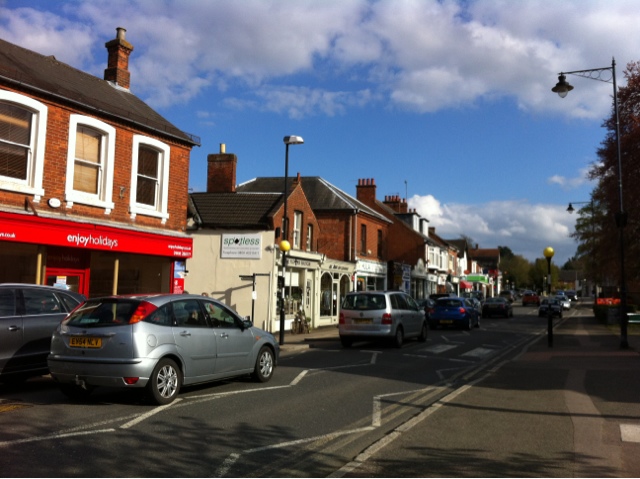Goree Island
Today was difficult and amazing. Our morning started with fascinating talks about Senegalese culture, education, language, history and politics. I’ll share more on that later. Then, this afternoon, we went to Goree Island.




Dakar is the most western point of continental Africa. A short, fifteen minute ferry ride off the coast is a small island. The island is beautiful, colorful, and a UNESCO Heritage Site because of the atrocities that were once committed here.
For two hundred years, the small island supported the business of slave-trade to Europe and the Americas. Today, for that reason, it is one of most highly visited sites in the country, while also being a retreat for the wealthy.
The island is small, about 1800 residents. We walked around most of the island in a very short afternoon. And yet, for quite some time, this tiny island created unimaginable horrors for millions of people.
Enslaved people were brought to this island, and immediately separated from their families, and put into groups based on genders and ages. If men did not meet the minimum requirement of what was believed a strong and healthy weight, they were force-fed until they reached that. Children were judged on their strength and age by their teeth. Stripped away from their parents, locked in small rooms, and given very little to eat or stay warm, it is believed that 25% of the children died before ever leaving the island.
The slave trade building we visited had what was probably very elegant upstairs with harsh concrete cells on the lower level that were meant to hold dozens more then could fit comfortably. The building was right up along the coast, so the back door to the building would’ve been used to load the enslaved directly onto a boat. Earning it the name of the “Door of no return.”
Martha, a new friend and colleague, commented that after visiting this place and places like Auschwitz, she was amazed by the will that people have to live. She’s right. What people endured and yet were somehow able to hold onto hope is unfathomable.
We had learned earlier in our discussions of the history of this country that slavery was an old African custom, but the form of enslavement created by the Europeans, and those in the Americas was a whole new form of cruelty. While slavery had been part of the history of this continent, for centuries, my new friend and colleague, Clarice, who teaches African-American studies, was able to explain to me later that, in fact, it was more of a servant. It was someone who often lived in the house with you and ate meals with you. It was sometimes as a prisoner of war, or someone who was paying off a debt. There was always an end possibility, and just because you were enslaved, did not mean your descendants would also become one.
One room, or cell, I should say, that was once believed to house the older women, now has a fountain in it, and is set aside for people to have a quiet moment or say prayers. I felt raw, overwhelmed, and my only prayer while standing in this house that tore apart people and families and destroyed the lives of so many was “Lord, please forgive us of our sins, and those of our forefathers.”
One reason why teaching history is so very important is so that we can learn from our mistakes and ensure that they do not happen again. Let us learn from experiences like these that everyone should be treated as the human being they are, equal to each of us. Perhaps that is what my prayer should have been, not just about the past, but about making the future brighter. I hope that’s what we’re all doing here, this cohort of teachers, helping to mold and create a brighter future.


This was beautifully written and I can’t imagine the emotions seeing those places. I too do not understand how people grasp to hope when pushed so far into what I find hopeless. It reminds me to do so now, when thinking of America’s future. Always so proud of what you do Rebecca!
ReplyDelete